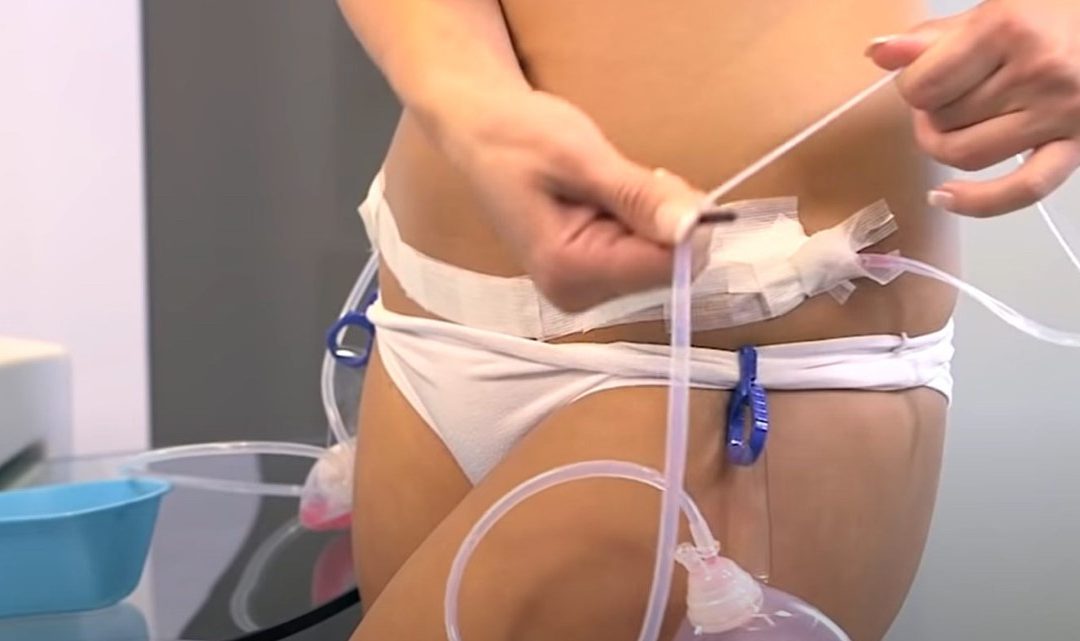WHY DO WE USE DRAINS IN PLASTIC SURGERY
When it comes to operative technique, few topics have had as much controversy as drains in plastic surgery.
Drains are small plastic tubes which are placed in the operative field—face, breast, or abdomen—to remove fluid that builds up after surgery. The fluid is a mixture of blood and lymph fluid, and we call this mix a serous fluid. When it collects into a larger amount, it is called a seroma which can be bothersome. If a seroma is allowed to build up, it can put pressure on the tissues around it. This not only can slow down the recovery process, but can also cause a build-up of scar tissue or result in an asymmetrical result. In very rare cases a seroma can become infected.
The tissues knit back together faster when there is no fluid separating the two layers. The drains remain in the patient, in the operative field for a few days, for example after body lift or tummy tuck. For many patients, they are cumbersome and uncomfortable.
Drains are placed while the patient is still under anesthesia. The drain is inserted near the surgery site and secured to the skin with 1 small stitche. This area is then be covered with a special dressing to catch any fluid that may leak out onto the clothing.
Drains are not used in every surgery and in plastic surgery, they are used in only a few procedures These cases are ones where we are elevating tissue and creating a space. Not all doctors will use them in these cases, but common ones are tummy tuck, facelift or breast implant with capsule removal.
Drains are removed in my office. They rarely hurt to remove, but it can be slightly uncomfortable. No medication is needed. The drains are able to be taken out when the amount of fluid is low. For every doctor the exact number varies for when it is okay to remove the drains.

Recent Comments